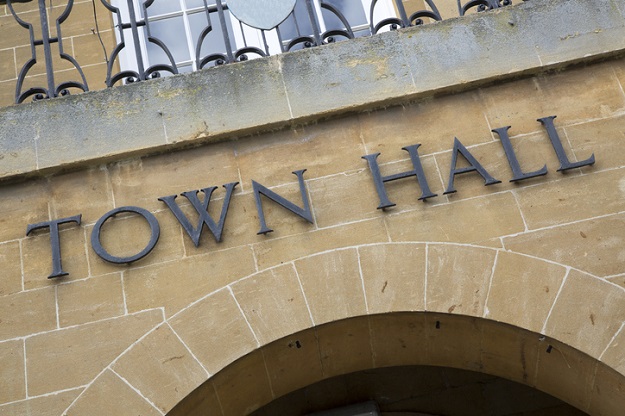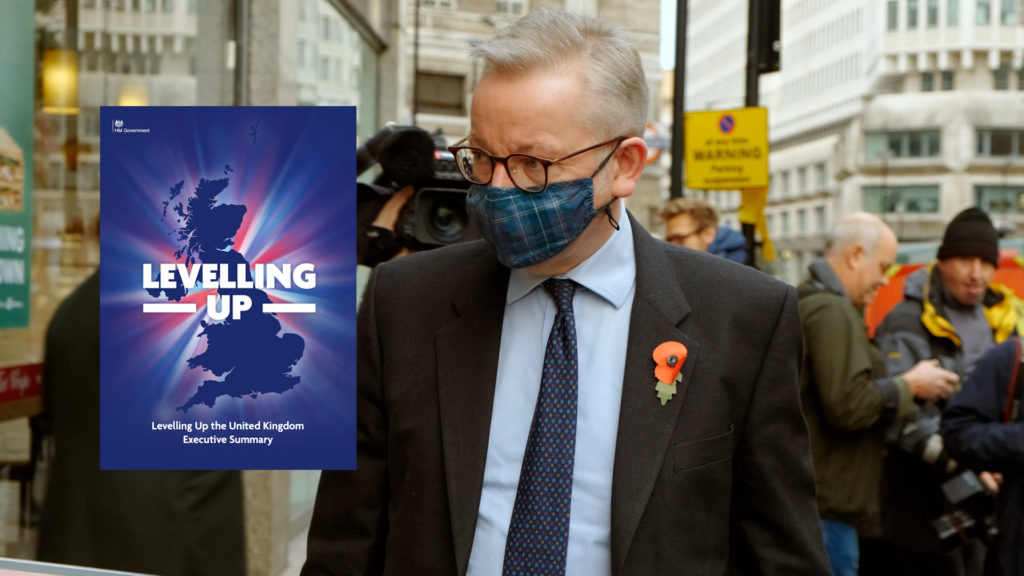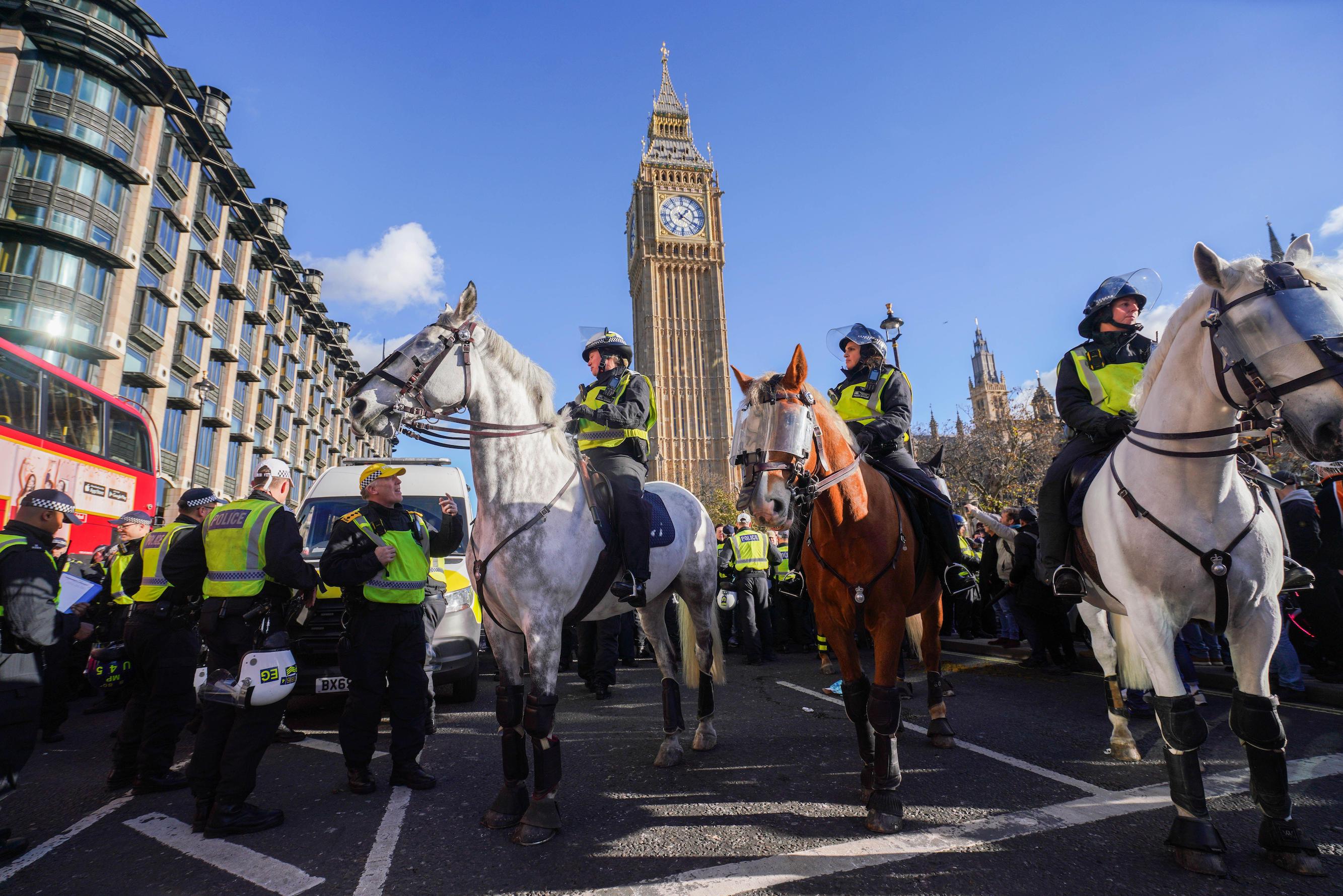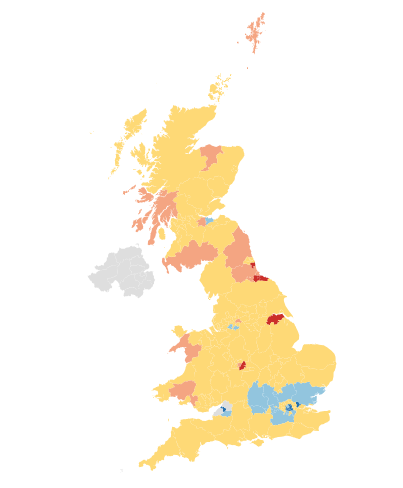Overview
Local government in England operates under either a one tier system – unitary authorities, or a two tier system – county and district councils.
There are five types of local authority in England: county councils, district councils, unitary authorities, metropolitan districts and London boroughs.
County councils
County councils cover the whole of the county and provide the majority of public services in their particular area. County councils are responsible for: education, highways, transport planning, passenger transport, social care, libraries, waste disposal and strategic planning.
District councils
Each county is divided into several districts. District councils, which may also be called borough councils or city councils if the district has borough or city status, cover a much smaller area and provide more local services.


District Councils are responsible for housing, leisure and recreation, environmental health, waste collection, planning applications and local taxation collections.
Unitary authorities
Many large towns and cities and some small counties are unitary authorities; i.e. they have only one tier of local government. Unitary authorities can be city councils, borough councils, county councils, or district councils.
Unitary authorities are responsible for: education, highways, transport planning, passenger transport, social care, housing, libraries, leisure and recreation, environmental health, waste collection, waste disposal, planning applications, strategic planning and local taxation collection.

In 2021 there were 339 local authorities in England.
Metropolitan districts
Metropolitan districts are unitary authorities; they can be called metropolitan district councils, metropolitan borough councils or metropolitan city councils.
Metropolitan districts are responsible for: education, highways, transport planning, passenger transport, social care, housing, libraries, leisure and recreation, environmental health, waste collection, waste disposal, planning applications, strategic planning and local taxation collection.
London boroughs
Each London borough is a unitary authority. However, the Greater London Authority (GLA) provides London-wide government and shares responsibility for certain services.
London boroughs are responsible for: education, highways, transport planning, social care, housing, libraries, leisure and recreation, environmental health, waste collection, waste disposal, planning applications, strategic planning, local taxation collection.
The Greater London Authority is responsible for highways, transport planning, passenger transport and strategic planning.
Town and parish councils
Some parts of England also have a third tier of local government. Town and parish councils are responsible for smaller local services such as parks, community centres, allotments and war memorials.
Police and Crime Commissioners
There are then 38 Police and Crime Commissioners (PCCs) in England and four in Wales. Police and Crime Commissioners are directly-elected every four years. PCCs have the power to take on responsibility for fire and rescue in their area.
Devolved Nations
In both Wales and Scotland there is a single tier system of local government providing all local government services.
Wales has 22 unitary authorities (also known as county councils or county borough councils), and Scotland has 32 unitary authorities. Both Wales and Scotland also contain ‘community councils’, roughly equivalent to parish and town councils in England.
In Northern Ireland there are elected local borough, city and district councils which provide services such as waste disposal, street cleaning and recreation; however the majority of services are the responsibility of other organisations.
Northern Ireland has 11 district councils. It does not have an equivalent to parish and town councils.
Local authorities in Scotland and Northern Ireland use the Single Transferable Vote electoral system, with multi-member wards.
The history of local government structure
Local government in England has been the subject of a constant re-structuring process over several centuries and continues to be so.
Although various forms of local government existed in Saxon and Medieval times, the kind of local government in existence today really began to evolve in the 19th century. The Local Government Act 1888 provided for the creation of 66 county councils and a London County Council. These county councils were to be run by elected councillors and comprise a chairman, aldermen and councillors.
The Act transferred from the Quarter Sessions (local courts) to the county councils the administrative and financial business of their counties. This included maintenance of roads, bridges and county buildings, assessment and levying of rates, appointment, dismissal and setting of salaries of county officers and the organisation of parliamentary elections. The Act also allowed county boroughs to be created: large boroughs with a population in excess of 50,000 could become an administrative county.
The Local Government Act 1894 provided for elected parish councils to be established in rural areas and for the creation of urban district councils and rural district councils with elected councillors. Much of the legislation of the 1888 and 1894 Acts was subsequently consolidated under the Local Government Act of 1933.
London saw a major structural change to local government in the 1960s. The County of London and the London County Council were abolished and the new area of Greater London was created from the County of London and sections of other surrounding counties. The Greater London Council (GLC) became the local government administrative body for this area together with the 32 newly created London boroughs.
By the latter half of the 20th century local government in England had developed into an intensely complex system in desperate need of simplification and reform. Consequently a radical overhaul was undertaken with plans for a simple country-wide two tier system outlined in the Local Government Act 1972.
Under these changes, which came into effect in April 1974, all existing local government areas, with the exception of Greater London and the Isles of Scilly, were abolished; that included all administrative counties, county boroughs, urban districts, rural districts, urban parishes and municipal boroughs. In their place new metropolitan and non-metropolitan counties were created and these counties were in turn divided into districts. Each county was administered by a County Council and each district by a District Council.
In 1986 changes were made once again to London local government. The Greater London Council was abolished together with the six metropolitan counties, effectively leaving the London boroughs as single tier administrations. Then in 2000 the Greater London Authority was created to provide a directly elected strategic administration for the whole of Greater London. The GLA shares responsibility for some local government services with the 32 London boroughs and the City of London Corporation.
In the rest of the country, despite hopes that the radical reforms of 1974 had at last created a simple, uniform system of local government, less than 20 years later these reforms were being questioned and yet again further changes were called for. A review carried out by the Local Government Commission for England, established in 1992, recommended that some counties should retain their two-tier structure, but that others should change to one-tier unitary authorities (UAs). Subsequently several UAs were created in 25 counties between 1995 and 1998.
In 2009, further local government re-organisation saw 10 new unitary authorities created; however, following the election of the Coalition government in May 2010, plans to create two new Unitary Authorities in Exeter and Suffolk were revoked by Parliament in 2011.
The Cities and Local Government Devolution Act 2016 provide an expedited procedure for creating unitary authorities alongside a ‘devolution deal’, if this was desired locally.
Controversies
Plans by the previous Labour government to devolve more power to the regions by creating eight regional assemblies in England attracted much controversy. A referendum held in November 2004 on a proposed assembly for the North East resulted in a resounding ‘no’ vote and consequently the plans were dropped.
The ‘no’ campaign was master minded by one Dominic Cummings, who would later become the somewhat controversial advisor to Boris Johnson.
The Coalition government elected in May 2010 introduced the Local Government Act which revoked the orders that created unitary councils for the cities of Exeter and Norwich – a move which was strongly criticised by the Labour opposition. The Act also prevents the implementation of further unitary proposals.
The Coalition government also pledged to promote decentralisation, saying it believed central government had become “too big, too interfering, too controlling and too bureaucratic.” The Localism Act passed in November 2011 contains a number of measures designed to strengthen the role of local government.
Statistics
As of April 2021, there will be 339 local authorities in England, of which 25 are county councils, 188 are district councils, and 126 are single-tier authorities. Of the latter, 33 are London boroughs and 36 are metropolitan boroughs. [Source – House of Commons Library]
More than two million people are employed by local authorities. These include school teachers, social services, the police, firefighters and many other office and manual workers. Education is the largest locally provided service. [Source: Directgov – 2012]
Quotes
“Localism, localism, localism”… “The Government is overseeing a fundamental shift of power away from Westminster to councils, communities and homes across the nation. A radical localist vision is turning Whitehall on its head by decentralising central government and giving power to the people.”
Department for Communities and Local Government – 2012





























